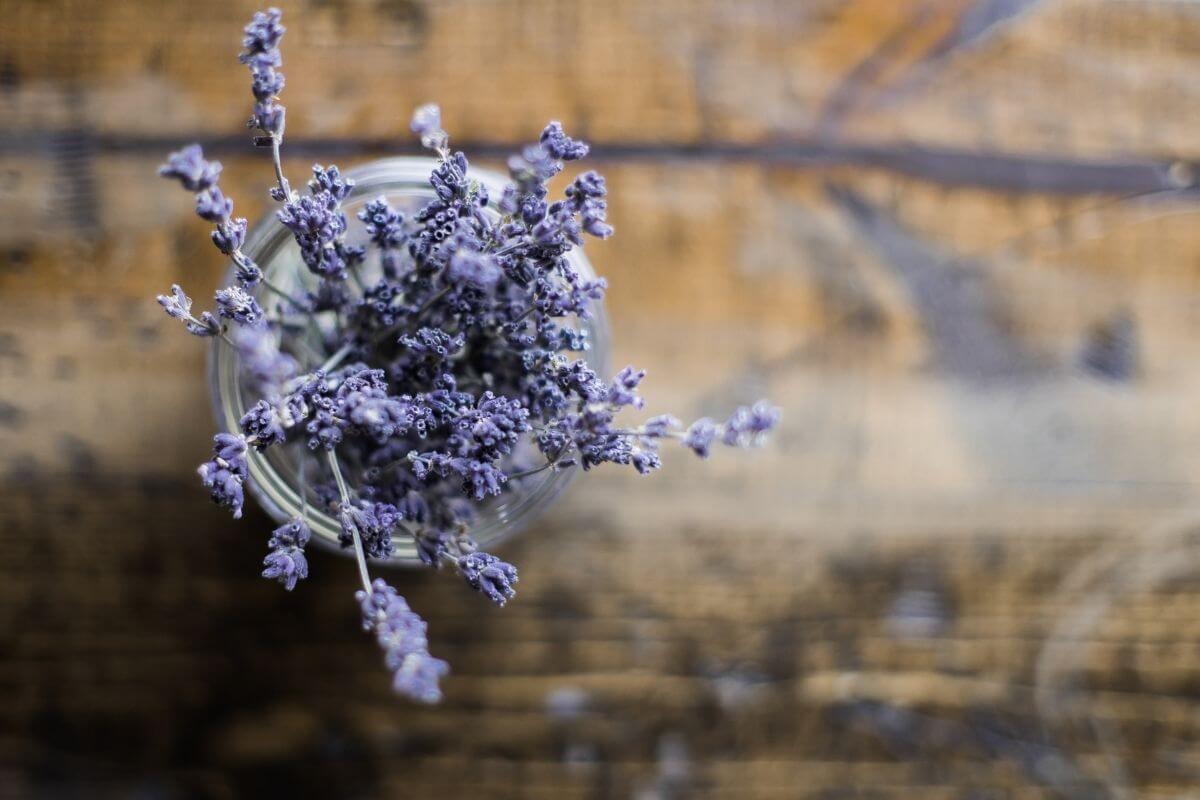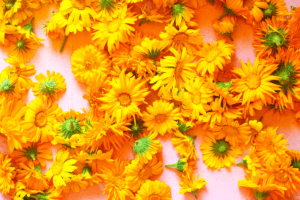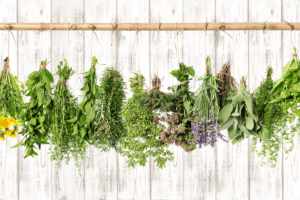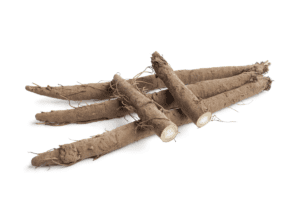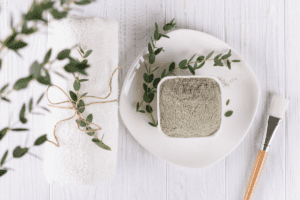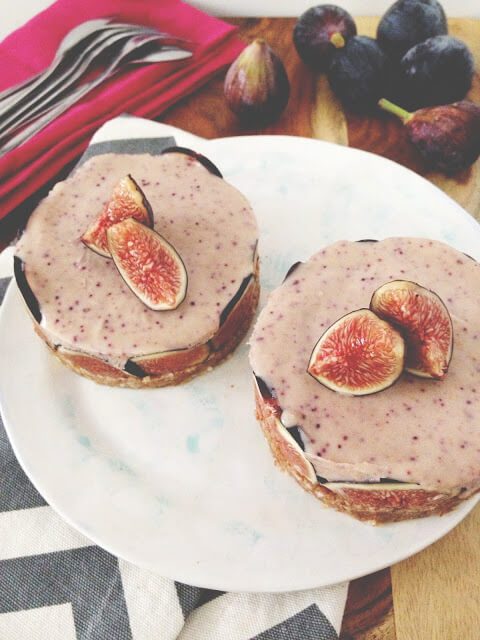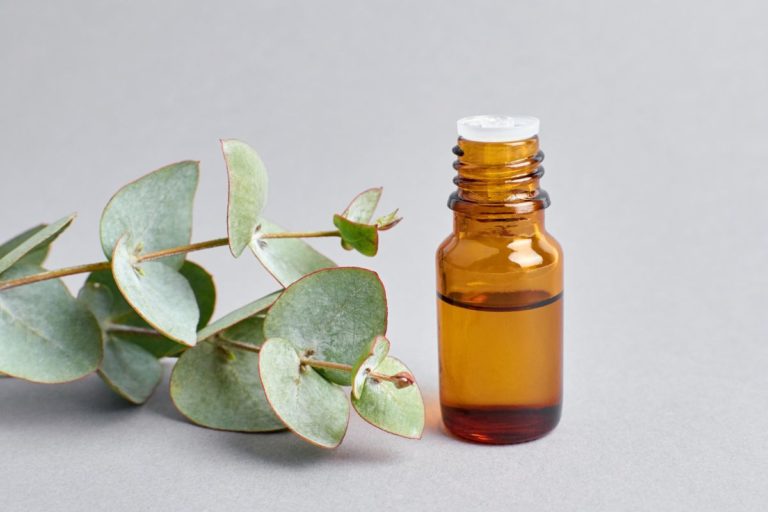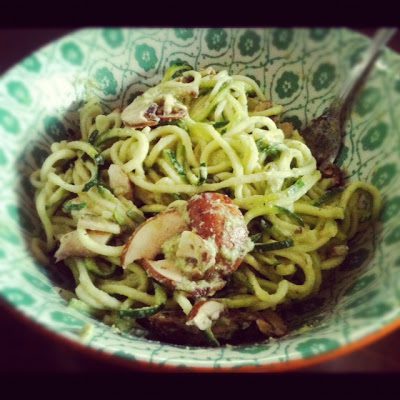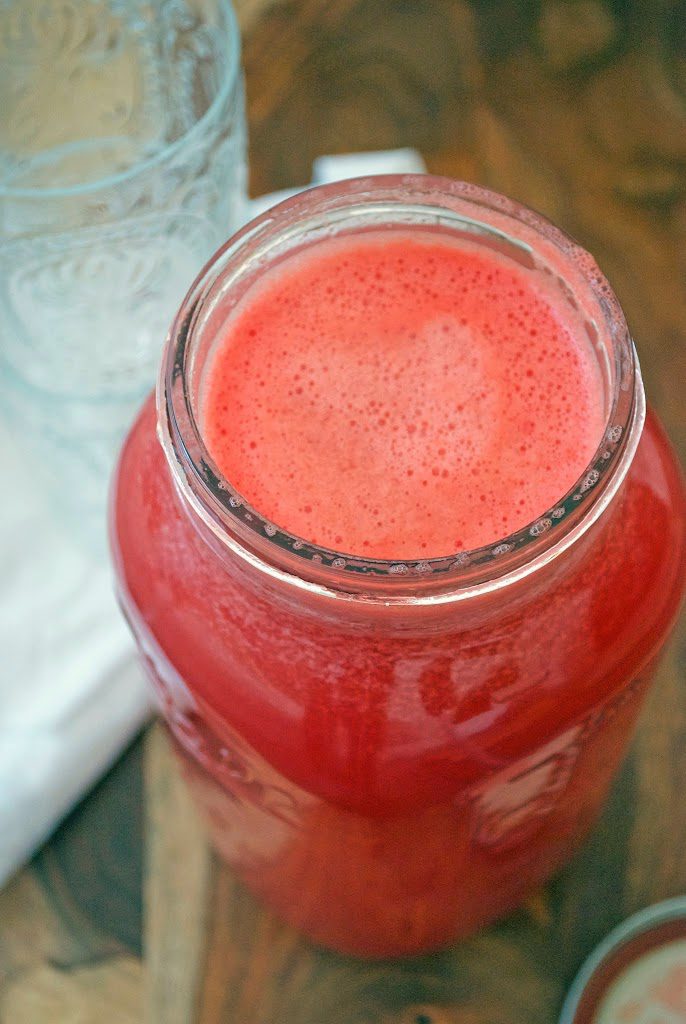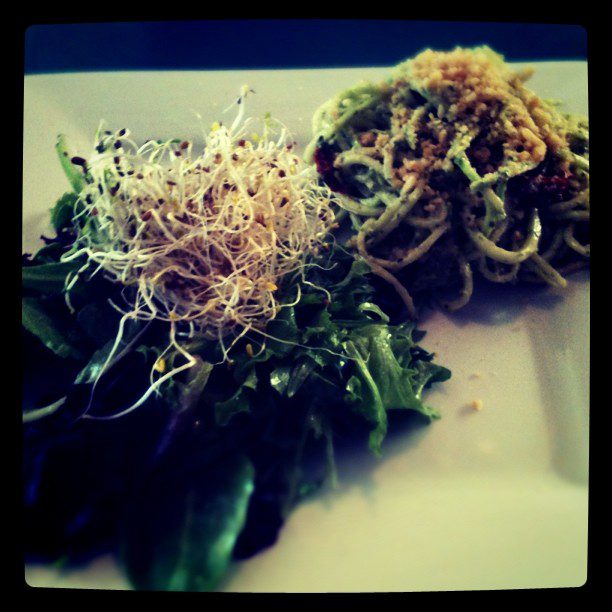Lavender. When you imagine it, what comes to mind?
Endless, lilac-hued fields as far as the eye can see? A spa? Or maybe bunches of the dried herb, hanging from market stalls in the South of France?
Lavender is one of the most beloved and calming herbs of all, and it has a wide range of culinary and medicinal uses.
So I want to celebrate this fragrant healing plant with a basic recipe for how to make lavender essential oil that can be used in body products, as a freshening spray when mixed with water, or on its own as a heavenly aromatherapy oil.
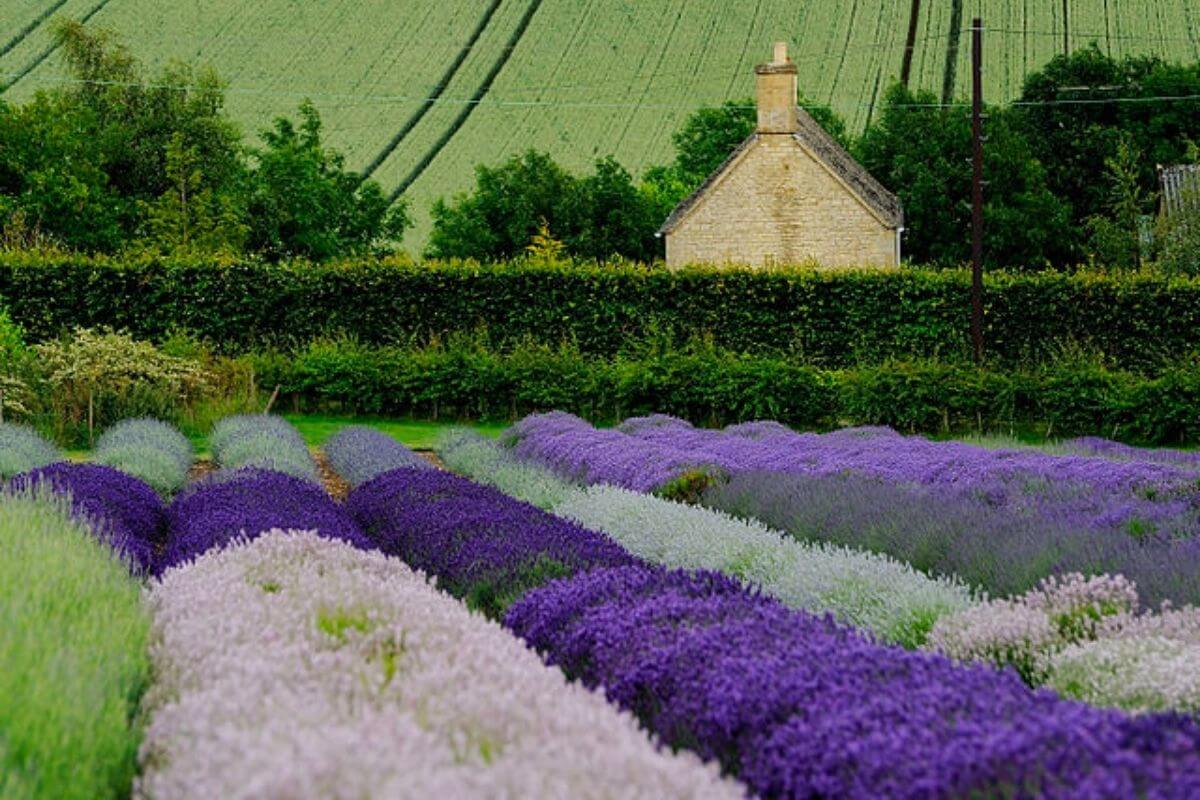

How to make lavender essential oil (the real way)
To make an essential oil from lavender flowers, you will need a ton of FRESH lavender buds, as well as a distiller to capture the steam through a steam distilling process. Making lavender essential oil is a bit more of a process than making just a lavender infused oil, but the final product is more intense and versatile than lavender oil.
Although cheaper and more widely available, dried lavender flowers won’t work in this recipe. You need the good stuff! Preferably home- or locally-grown, and definitely organic (grown without pesticides, herbicides, and artificial fertilizers), since you’ll be using this on your skin. Make sure that you have enough lavender to make the amount of essential oil you want before you start.
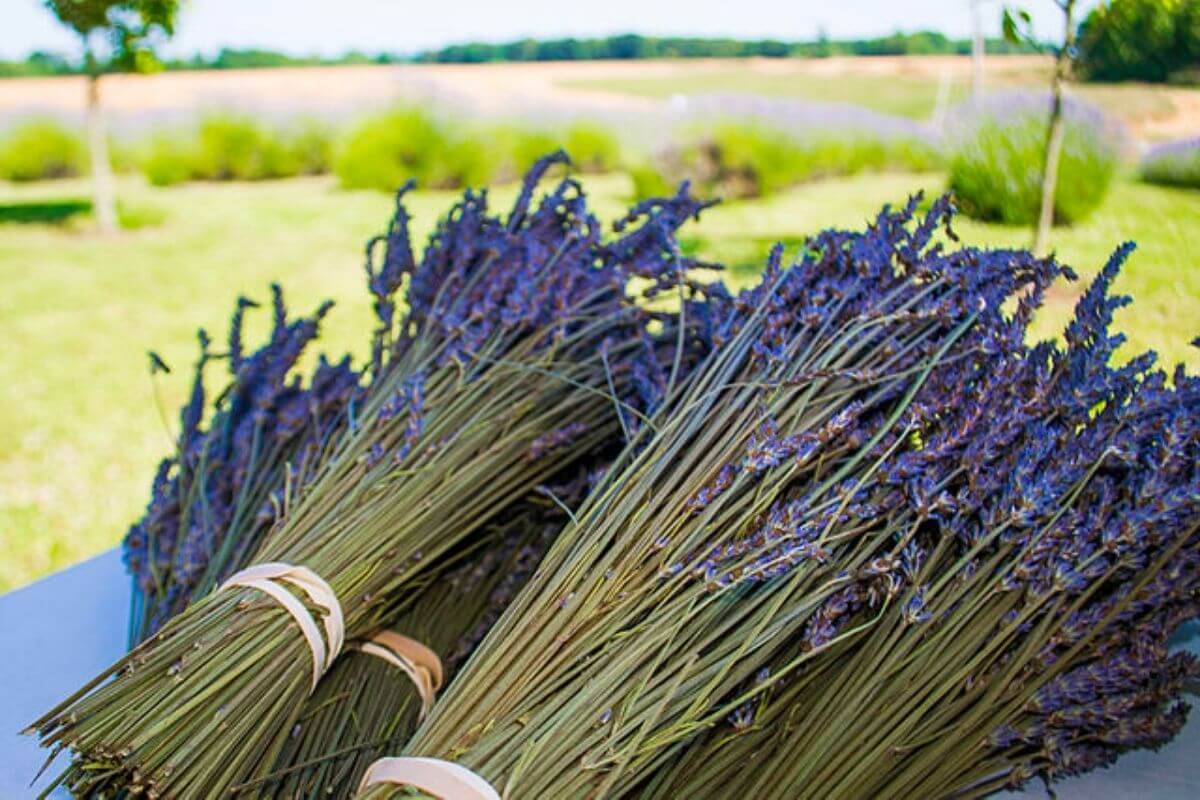

I recommend a copper distiller — the same kind used to make moonshine. This machinery will help you capture the steam from the lavender buds, and condense the steam into liquid, creating a potent oil.
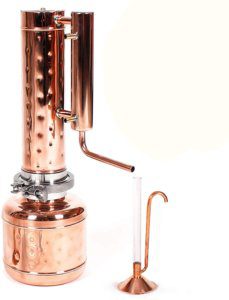

Here are the steps for distilling lavender for homemade lavender essential oil:
- Place fresh lavender in still. Follow the instructions on your still, but I’d recommend packing the lavender on a screen to prevent anything from dropping into the water below. Depending on the size of the still, 40-50 pounds of fresh lavender will work. Once you have packed the lavender, place the bonnet on top to collect the steam and oil.
- Boil water under plant matter. When the steam rises from the hot water, it will pass through the lavender and capture the oil. The oil vapor will then collect in the condenser tube.
- Cool the vapor. When steam cools, it condenses into water droplets. As the water droplets collect on the surface of the condenser tube, it will become heavy and begin to drip down. When the water and oil (called “hydrosol”) drip into the basin, they will separate (water and oil don’t mix, after all!). This is where you collect your lavender essential oil.
If you aren’t comfortable with distilling, I’ll share a tincture recipe that requires zero heavy equipment as well.
5 ways to use lavender essential oil
1. Make a sensual lavender massage oil
You can make a healing lavender massage oil by putting a few drops of lavender essential oil in a carrier oil like coconut or olive. Make sure to find a glass jar or bottle with a tight-fitting lid and place your massage oil out of direct sunlight. This oil makes a wonderful face oil, used in place of cream, for brightening and restoring, or as a nightly ritual cream to help you fall asleep. Different carrier oils have different effects on the skin and mixture:
- Sweet almond oil is gentle, hydrating and makes a great cleansing oil
- Olive oil moisturizes skin deeply and helps the cells to regenerate
- Vitamin E increases the shelf life of massage oil; add a few drops to keep your homemade massage oil fresh for longer
2. Use it for aromatherapy
The scent of lavender has so many benefits. It has been proven to help reduce anxiety, depression, stress, insomnia and more. It helps bring a calming and positive energy to your home and atmosphere. To use for aromatherapy, mix a couple of essential oil drops with a tablespoon of carrier oil and apply to wrists and temples. Breathe deeply, and relax. Many humidifiers these days actually come with a dedicated compartment for essential oils and release them slowly into the water vapor as the machine humidifies your space. Follow your particular humidifier’s instructions for how much oil to use. If you want a low-tech way to enjoy aromatherapy that still fills your whole room with a calming scent, place your lavender essential oil in a diffuser. Diffusers like the one below heat the oil to release its scent – all you need is a candle:
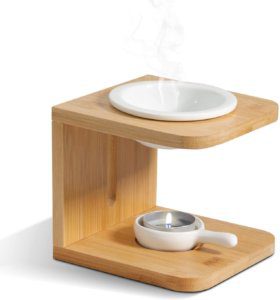

3. Heal wounds and repair skin
Lavender essential oil has antifungal, antibacterial and anti inflammatory properties. You can heal minor rashes and eczema by using a calming homemade balm made with lavender essential oil. The natural compounds of the lavender plant including (linalool, camphor, linalyl acetate) are what make this plant so magical. It’s generally recommended not to use essential oil directly because it’s so concentrated and can irritate skin.
4. Make a healing balm or salve
Make a potent healing balm with your own homemade lavender essential oil and beeswax to heal minor cuts, scrapes and burns. Beeswax hardens quite a bit when cool, forming a protective barrier on the skin. You can replace the beeswax with arnica salve if you prefer a creamier balm that’s easier to spread. This is how you do it:
- Place your lavender essential oil in a pourable container.
- Prepare a bain-marie; a sort of heated bath, where you put water in a pot and then place another, smaller pot inside (if you’ve ever melted chocolate on the stove – same thing).
- Boil the water in your bain-marie, and then place 8 oz beeswax into the smaller pot.
- Melt the beeswax and then take the pot off the stove; let cool and firm up slightly.
- Add your lavender oil slowly to reach the desired consistency. The more oil you add, the softer and more spreadable the salve will be.
- Pour the liquid into smaller tins and wait for the balm to harden completely. While it’s hardening, you can sprinkle dried lavender flowers on top for decoration.
You can use this balm for wounds, scars, insect bites, as well as on chapped winter lips and dry skin.
5. Add to DIY facial steam
If you’ve been thinking, take me to the spa! from the moment you read ‘lavender’, this is your time. You can set up an easy home facial steam right at home. Simply boil water in a large, wide pan and add a few drops of your magical lavender oil. Remove the pan from your stovetop, place on a hot pad, and then wrap a bath towel around your shoulders. Lean over the steaming pan, testing the ideal distance to ensure it doesn’t burn your face. When you find the ideal position, pull the towel over your head and breathe deeply. You can add other essential oils, like sweet orange for positivity and clary sage for peace and clarity.
Benefits of using lavender essential oil
- It is antiseptic, antibacterial, anti fungal and even has anti inflammatory properties.
- Using lavender essential oils in a carrier oil such as jojoba oil can help with dandruff and stimulate hair growth.
- It has many natural plant compounds that help with the digestive system and calm the nervous system when taken internally
- It can heal scars when mixed with healing oils such as coconut or tamanu oil.
- It can help treat acne and clear up skin
- It repels insects and helps treat mosquito bites
*Just do a skin patch test if you know you have sensitive skin, before using lavender oil in your daily routine.
Try essential oils in other ways:
How to make a lavender tincture
Tinctures are water-based and usually made with pure grain alcohol or vodka. As when you make your essential oil, you will need fresh, organic lavender flowers and some basic spice-grinding supplies. This is how to do it:
- Take a mortar and pestle and crush the lavender flowers until the lavender scent really comes out–this signals that the plant is releasing its scented oils. It is not necessary to cut the flowers, just crush them gently.
- Put the lavender in a clean glass jar with a tight fitting lid and make sure it is covered completely with your alcohol of choice. Keep the jar in a dark place to infuse for 4-6 weeks.
- Check on the jar at least once a day and give it a gentle shake to make sure the scent is being extracted. The longer you leave the lavender infusing, the stronger the extraction will be.
- When it’s ready, strain the tincture with a cheesecloth and transfer the liquid to a glass jar. If you plan to share your tincture, or fill up amber glass dropper tinctures bottles to share your herbal medicine.
Where to buy lavender essential oil
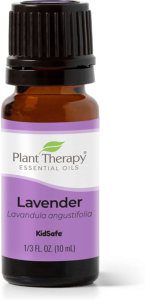

Plant Therapy Lavender Essential Oil
This lavender oil is super-versatile and organic. It is 100% pure lavender anguvstifolia (English lavender) and is great for diffusing or using on your skin.
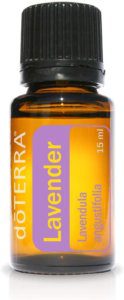

doTERRA Lavender Essential Oil
doTERRA is an incredible and well-known producer of essential oils, and their lavender oil helps soothe minor skin irritations and helps with anxiety when taking internally. Massaging yourself with this lavender essential oil can help ease tension in the mind & body.
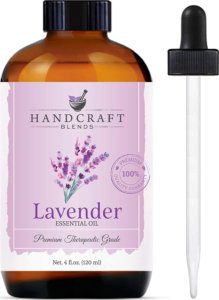

Handcraft Lavender Essential Oil
Here you have 100% percent pure and natural therapeutic grade essential oil, in a beautiful glass dropper bottle. You can use it to make your own essential oil blends, or use in aromatherapy or massage. This lavender oil also blends great with rosemary, eucalyptus, lemon, lemongrass, peppermint and tea tree.
FAQS
How much lavender does it take to make essential oils?
Most essential oils are put into 15mL bottle. It takes approximately three pounds of lavender flowers, just fill one of the bottles. Since it takes so much plant material, essential oils are extremely concentrated and potent.
Can you use lavender leaves to make lavender oil?
Yes, all part of the plant can be used. You can fill a jar with dried lavender leaves and cover it with the carrier oil of your choice.
How do I make lavender water?
To make lavender water, take 2 cups of fresh or dried lavender buds in a bowl and pour boiling water over them. Cover the bowl and let it steep overnight. Strain your lavender water and put it in a spray bottle. Spray your face, in the air, around your home and on your yoga mat to bring fresh, clean energy.
This light purple flower belongs to the mint family, and grows in similar conditions. Once established, lavender is a hardy plant that produces seasonal blooms year after year, attracting bees, butterflies, and anyone with a nose to bask in its soothing scent. It’s insanely easy to grow and makes literally everyone happy, so if you have the space for it then I highly recommend planting a bit of lavender at home.
